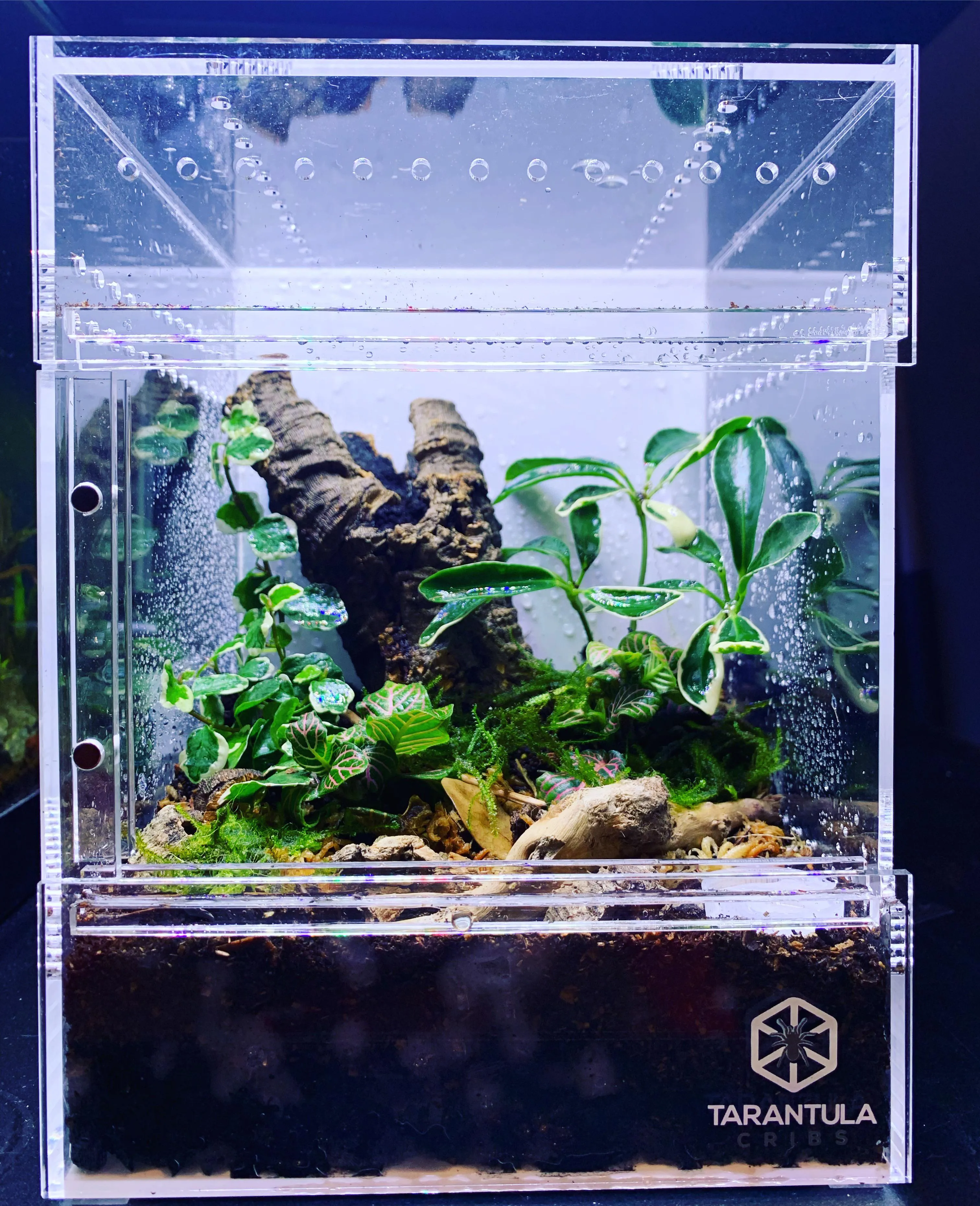What is a Bioactive Tarantula Setup
A bioactive tarantula setup is an enclosure designed to mimic a tarantula’s natural environment, fostering a self-sustaining ecosystem. Unlike traditional setups that require frequent cleaning and maintenance, a bioactive setup utilizes living organisms, like plants and invertebrates, to break down waste, cycle nutrients, and create a balanced environment. This approach offers several benefits for both the tarantula and the keeper, promoting a more natural and enriching habitat.
Benefits of Bioactive Tarantula Setup
Bioactive setups offer numerous advantages over conventional setups, resulting in a healthier and more engaging experience for the tarantula and the keeper alike. This approach focuses on recreating the tarantula’s natural environment, encouraging natural behaviors and providing a more aesthetically pleasing display.
Simplified Ecosystem
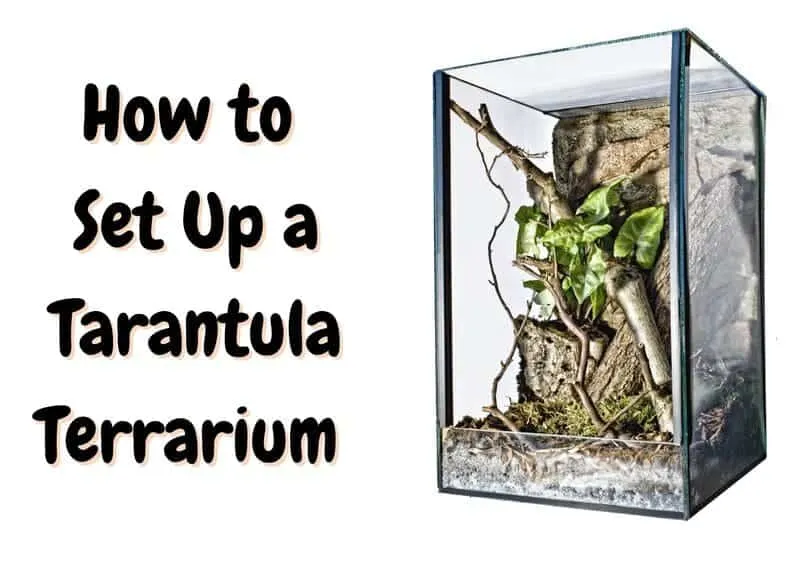
The primary benefit is the creation of a simplified, self-regulating ecosystem. The various components work together to maintain the environment, reducing the need for extensive cleaning. Waste products are broken down, and essential nutrients are recycled.
Natural Pest Control
The clean-up crew, consisting of invertebrates like springtails and isopods, naturally control pests, preventing the buildup of mold and unwanted organisms. They consume decaying organic matter and waste, keeping the enclosure clean.
Enhanced Enrichment
A bioactive setup provides a more stimulating environment for the tarantula. The presence of plants, diverse substrate layers, and the clean-up crew encourage natural behaviors, such as burrowing, hunting, and exploring. This enrichment contributes to the psychological well-being of the tarantula.
Planning Your Bioactive Tarantula Setup
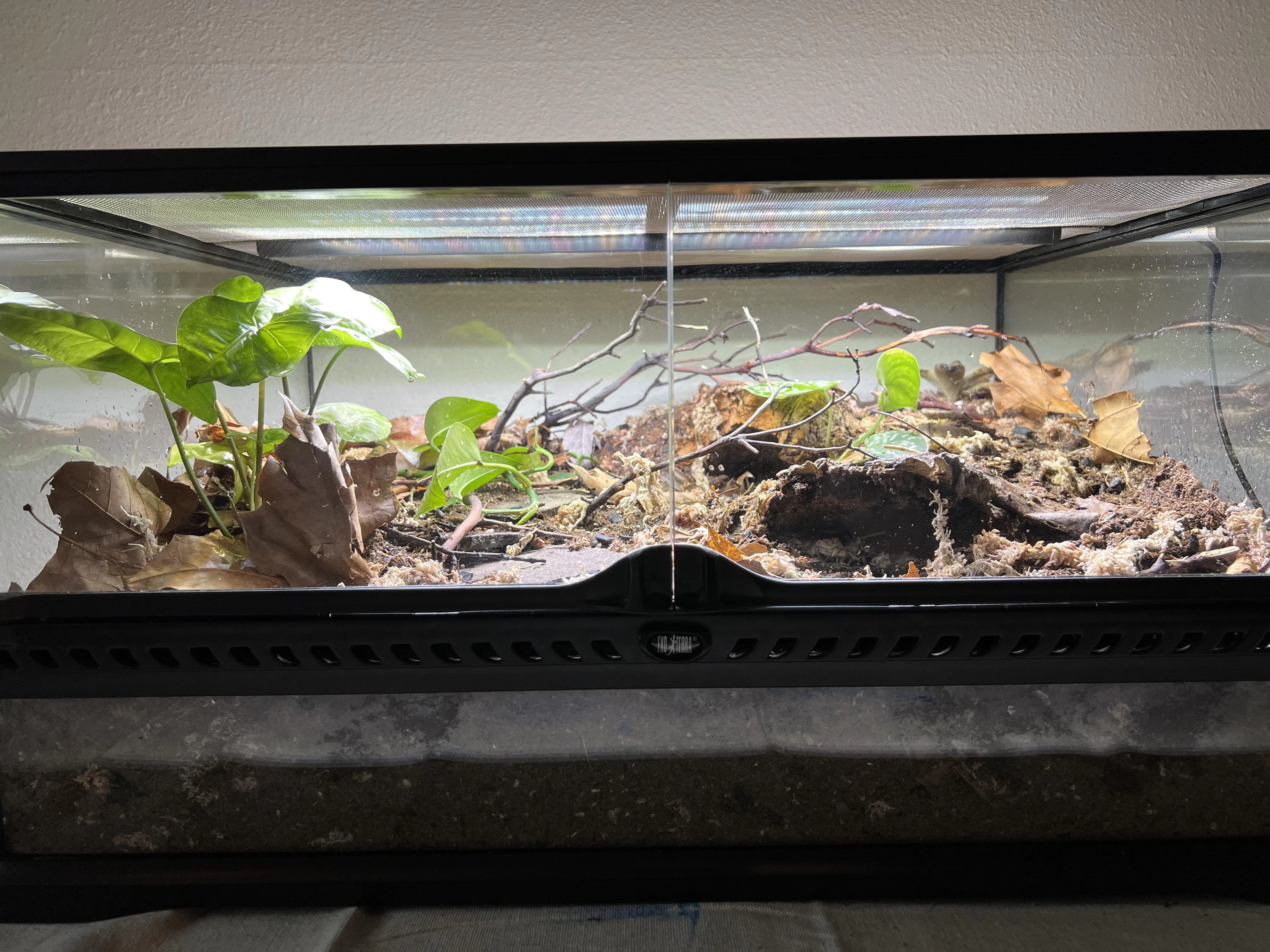
Successful bioactive setups require careful planning and preparation. This involves selecting the appropriate enclosure, choosing suitable substrate, plants, and a clean-up crew, and understanding their interactions to create a balanced ecosystem.
Choosing the Right Enclosure
The enclosure is the foundation of your bioactive setup. Selecting the right one is crucial for the success of the project and the health of the tarantula. Consider size, ventilation, and material when making your choice. Consider the adult size of your tarantula when selecting the right enclosure.
Size and Ventilation
The enclosure must be large enough for the tarantula to move freely and exhibit natural behaviors. Vertical space is essential for arboreal species, while terrestrial species require more floor space. Ventilation is crucial to prevent the buildup of excess humidity and the growth of mold. Ensure the enclosure has adequate cross-ventilation.
Material Type
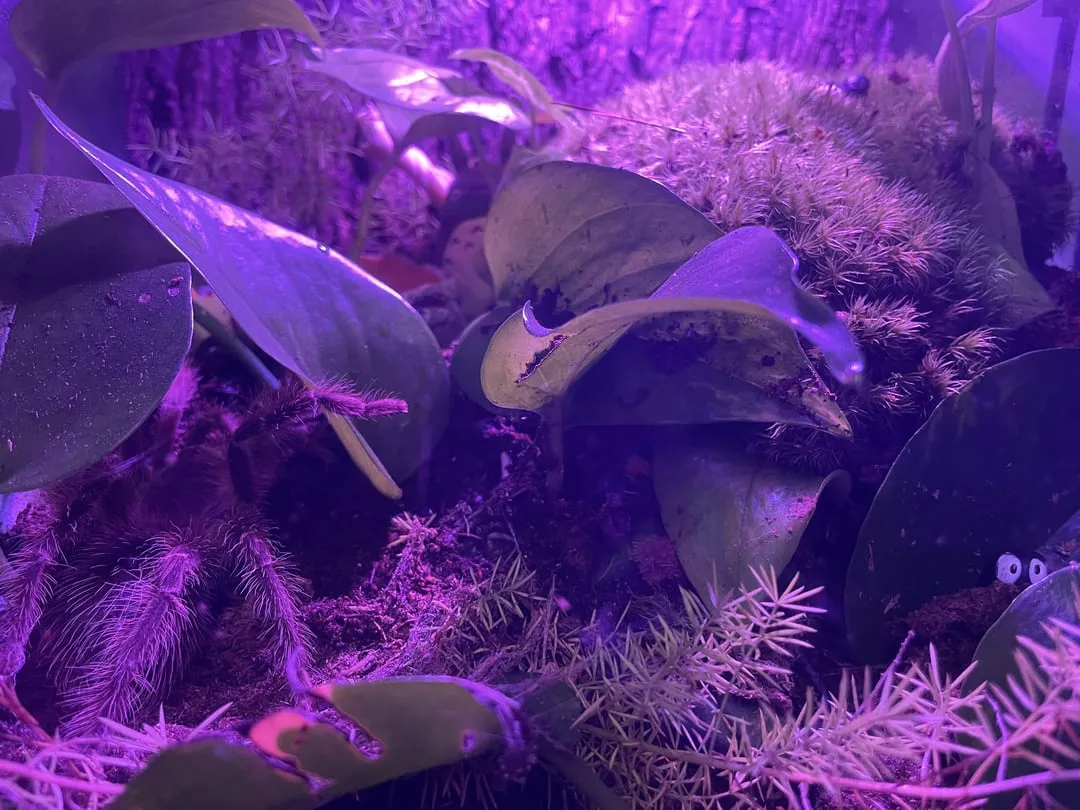
Glass or acrylic enclosures are popular choices. Glass offers excellent visibility and scratch resistance, while acrylic is lighter and provides better insulation. Ensure the enclosure is escape-proof, with a secure lid.
Substrate Selection
The substrate is the heart of the bioactive system. It provides a medium for plant growth, absorbs waste, and provides a home for the clean-up crew. A layered approach, combining different materials, is the most effective method.
Base Layer
The base layer is typically composed of drainage material like LECA (Light Expanded Clay Aggregate) or gravel. This layer prevents the substrate from becoming waterlogged, ensuring proper drainage and aeration. A layer of substrate separation mesh on top can prevent the mix from falling into the drainage layer.
Bioactive Layer

The bioactive layer consists of a mix of materials like peat moss, coco coir, sphagnum moss, and leaf litter. These materials provide nutrients for the plants, create a natural environment for the clean-up crew, and help maintain humidity levels. The exact composition will vary depending on the species of tarantula and the plants selected.
Adding Plants
Plants play a vital role in a bioactive setup, providing oxygen, humidity regulation, and visual enrichment. Select plants that are non-toxic to tarantulas and thrive in the enclosure’s conditions. Consider the tarantula’s habits when selecting plants.
Choosing Plants
Select plants that are appropriate for the tarantula species and the enclosure’s environment. Consider the humidity, light levels, and temperature. Popular choices include pothos, spider plants, creeping fig, and various ferns. Ensure the plants are free from pesticides and fertilizers before introducing them to the enclosure.
Planting the Enclosure
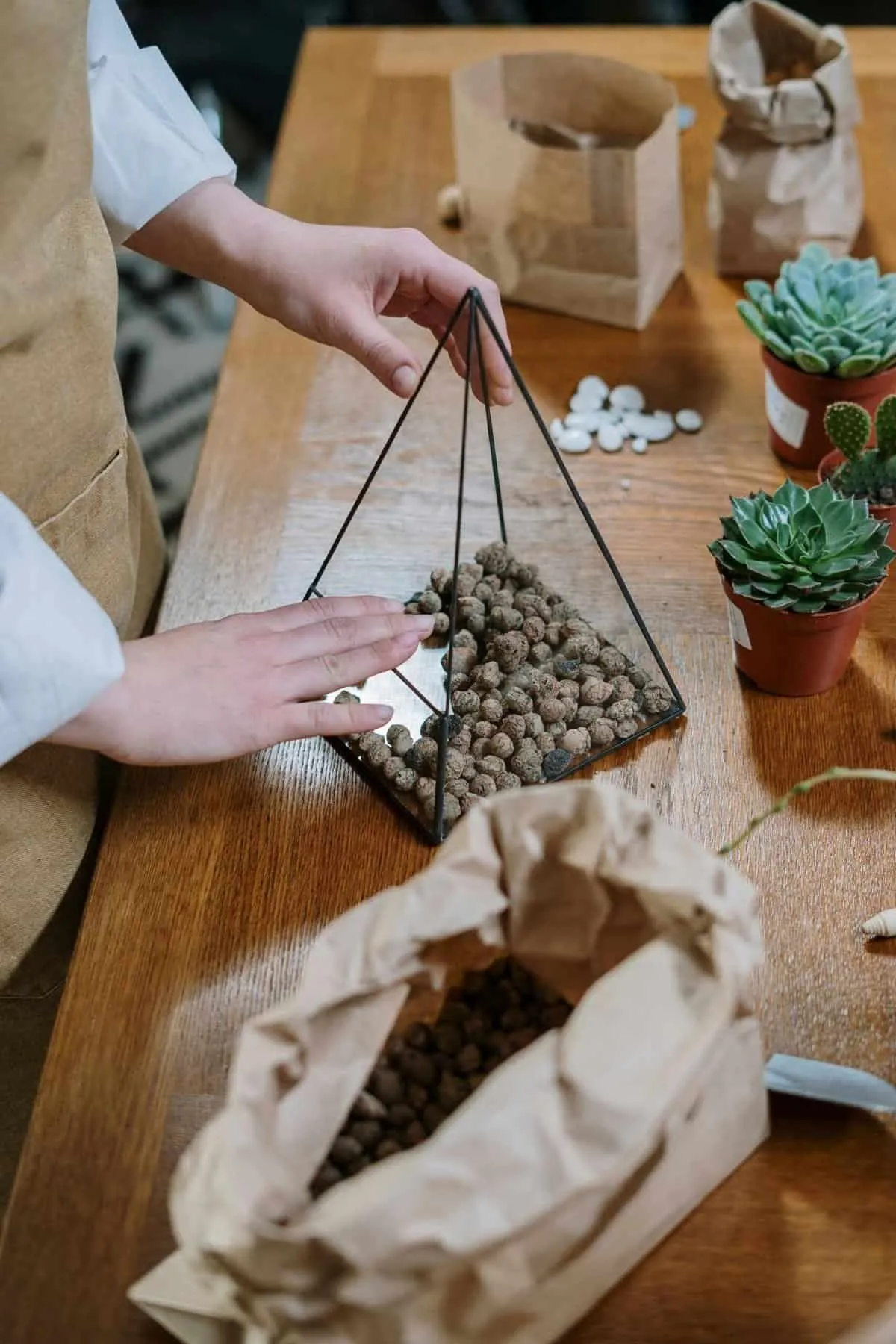
Plant the enclosure strategically, considering the tarantula’s burrowing or climbing habits. Provide a variety of textures and heights to create visual interest and enrichment. When planting, be mindful of the delicate roots and avoid damaging the plants. Ensure the plants have adequate access to light and water.
Invertebrate Clean-Up Crew
The clean-up crew is essential for maintaining a healthy and balanced bioactive ecosystem. These invertebrates break down organic waste, control mold, and keep the enclosure clean. Springtails and isopods are the most common and effective choices.
Species Selection
Springtails are small, wingless insects that feed on mold, fungi, and decaying organic matter. Isopods, or pill bugs, are crustaceans that consume decaying plant matter and waste. Choose species that are suitable for the enclosure’s humidity and temperature.
Introduction and Maintenance
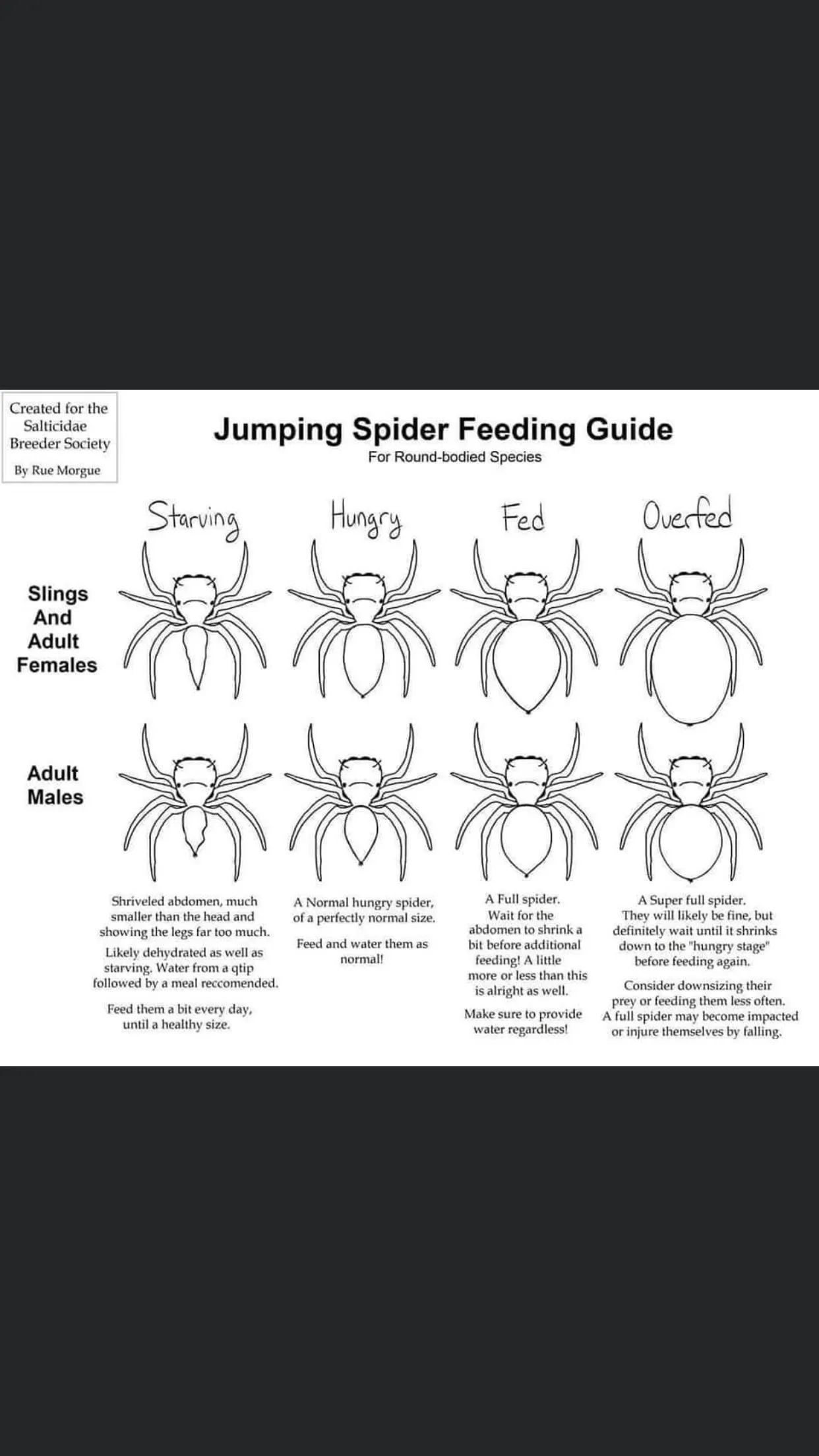
Introduce the clean-up crew after planting and establishing the substrate. Provide a source of moisture, such as a small water dish or misting, to ensure their survival. The clean-up crew requires minimal maintenance, as they thrive in the bioactive environment.
Setting up the Setup
Once you’ve planned your bioactive setup, the physical setup process is straightforward. Follow these steps to ensure a successful and thriving habitat for your tarantula.
Layering the Substrate
Begin by adding the drainage layer, such as LECA or gravel, to the bottom of the enclosure. Cover it with a layer of substrate separation mesh to prevent the bioactive mix from falling through. Next, add the bioactive layer, which can be a mix of peat moss, coco coir, sphagnum moss, and leaf litter. Ensure the layer is deep enough for burrowing species, if applicable.
Planting and Decorating
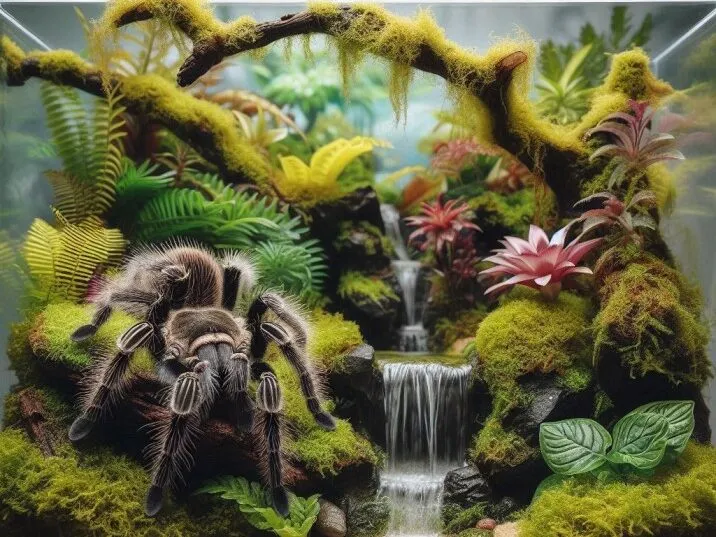
Plant the selected plants, considering the tarantula’s needs. Arrange the plants to provide hiding places, climbing structures, and visual interest. Add any desired hardscape elements, such as branches, cork bark, or rocks, to create a more natural environment.
Adding the Clean-Up Crew
Introduce the springtails and isopods after planting and decorating the enclosure. They will begin to populate the substrate and start consuming decaying matter. Provide a small amount of moisture to ensure they thrive.
Introducing the Tarantula
Once the setup is complete and has had a few weeks to stabilize, carefully introduce your tarantula. Provide a water dish and monitor the humidity and temperature levels. Observe your tarantula and adjust the environment as needed.
Maintaining Your Bioactive Setup
Maintaining a bioactive setup is relatively easy, as the system is designed to be self-regulating. However, some regular checks and adjustments are necessary to ensure the health and well-being of your tarantula and the ecosystem.
Watering and Humidity
Monitor the humidity levels and mist the enclosure as needed. Ensure the substrate remains moist but not waterlogged. The frequency of misting will depend on the tarantula’s species and the enclosure’s ventilation. Provide a water dish with fresh water at all times.
Lighting and Temperature
Provide appropriate lighting and temperature for the tarantula and the plants. Avoid direct sunlight, which can overheat the enclosure. Use a low-wattage heat source, such as a heat mat or ceramic heat emitter, if necessary, to maintain the desired temperature. Make sure the temperature gradient is suitable for the species.
Feeding and Waste Removal
Feed your tarantula appropriately, following recommended feeding schedules for the species. The clean-up crew will consume any uneaten food and waste. However, you may need to occasionally remove large pieces of waste if necessary. Regularly check your tarantula’s molts and remove them to prevent the buildup of organic matter.
Troubleshooting Common Issues
While bioactive setups are relatively low-maintenance, certain issues may arise. Identifying and addressing these problems promptly can prevent them from escalating and harming your tarantula or the ecosystem.
Mold and Fungal Growth
Excessive humidity and poor ventilation can lead to mold and fungal growth. Ensure adequate ventilation and adjust the watering schedule accordingly. If mold appears, remove the affected areas and consider introducing more springtails.
Pest Infestations
Although the clean-up crew helps control pests, infestations can still occur. Inspect the enclosure regularly for unwanted organisms. If pests are identified, consider introducing more of your cleanup crew, or quarantining the tarantula and cleaning the enclosure, which should only be done if the infestation is severe.
Conclusion
Creating a bioactive tarantula setup is a rewarding experience that enhances the well-being of your tarantula and simplifies enclosure maintenance. By following the guidelines outlined in this guide, you can build a thriving, self-sustaining ecosystem that provides a natural and enriching environment for your pet. With careful planning, setup, and maintenance, your tarantula will thrive in its bioactive habitat for years to come.
